I'll be showing the French bustle, also called an under-bustle. It looks a bit like the robe a la polonaise and works well with dresses that have details at the top of the skirt. I like it especially when the train is full and long; when the train is not very full, the French bustle starts looking more like the bride went to the bathroom and caught her skirt in her undies... (Bridesmaids of this bride, you can scroll down to the header "How to Bustle This Gown" for your tutorial!) PINNING AND SEWING
(What about the petticoat net and tulle?, you may ask. All the underskirts have been trimmed to be level with the front hem of the skirt, and the bustling happens just with the train fabric, on top of the petticoat net.)
First I pin the rings to the seam allowances at the bustle points. Bearing in mind that they'll be pulled upward, I sew them facing in that direction. Then I take a scrap of red, somewhat coarsely textured ribbon and pin that to the bottom of the zipper and the seam allowances there. Wanting to make things easy for the bridal attendants and secure while the bride is moving, sitting, and dancing, I choose red because it's visible in the midst of all that white fabric (and the skirt is opaque enough to conceal the color when the dress is down). I choose a coarse texture to make it grippy when it's tied in a bow. I test the bustle one more time before hand-sewing things in place, catching only seam allowances and zipper tape in my stitches, so nothing shows from the outside of the gown. HOW TO BUSTLE THIS GOWN! All right, bridal attendants, this is your section! To bustle this gown, lift the train up (have the bride turn her back to a wall while you do this, of go into a private room!), find the red ribbons, and thread them through the three loops like so: Notice that only one ribbon end goes through the Center Back ring (top one in picture)? If you put both ribbon ends through it, they'll slide right out again. Put one ribbon end through it and tie it to the other. But actually, you'll want to pull the whole thing tighter, almost up to the base of the zipper, and tie your bow there. Then flip the train back down and fluff the skirt so it lies attractively. RE: WEARING CONSIDERATIONS
7 Comments
The Sister
6/4/2018 02:12:18 pm
Good bustling is such a noticeable touch. I've been to weddings where the gown is bustled and looks like wings sticking out the back of the bride's posterior. Mistake!
Reply
Patt
10/4/2021 11:03:38 am
You do know that your own saliva will remove your own blood. As I’ve told many of my brides— “ of course I spit on your gown” ( if just a dot of blood, which it usually is, just soak a cotton thread with your saliva and then pull it through the spot.— I’ve used a Q-tip too, just work from outside the spot to the center to avoid “ bleeding”
Reply
Chris H., the Island Seamstress
8/19/2019 05:33:00 am
Thank you so much for this very clear tutorial. I have a bride that wants this type of bustle and I had never done one before. I was trying to talk her out of this type because pictures I had seen previously made it look like the bride had gone to the bathroom and her gown was tucked into her underwear!! Your pictures show a very attractive bustle and I've forwarded your tutorial to her so she can see how this would look.
Reply
I'm glad it was helpful and wish you luck on your project! Take your time on the safety-pin step, experimenting until you get the most attractive look. Every gown and train-length is different; you might end up securing the bustle lower on the Center back seam rather than at the base of the zipper. Play with it until it looks good. You can do it!
Reply
HELP! I finished shortening my daughter's a-line gown, but am having a hard time with the bustle! The dress has 5 layers - two tulle layers which have appliques on them, a sewn in crinoline, and then two underskirts. The back of the dress/train is quite full, but not exceedingly long, and also has appliques on it that stop about 18" from the end of the train.
Reply
Bustling a gown can be more art than science, and sometimes what's required is pinning, stepping back and looking, re-pinning, et cetera. With that said, here are a few tips on the multi-layer question, starting from the skin out:
Reply
Leave a Reply. |
Karen Roy
Quilting, dressmaking, and history plied with the needle... Sites I EnjoyThe Quilt Index Categories
All
Archives
March 2024
|
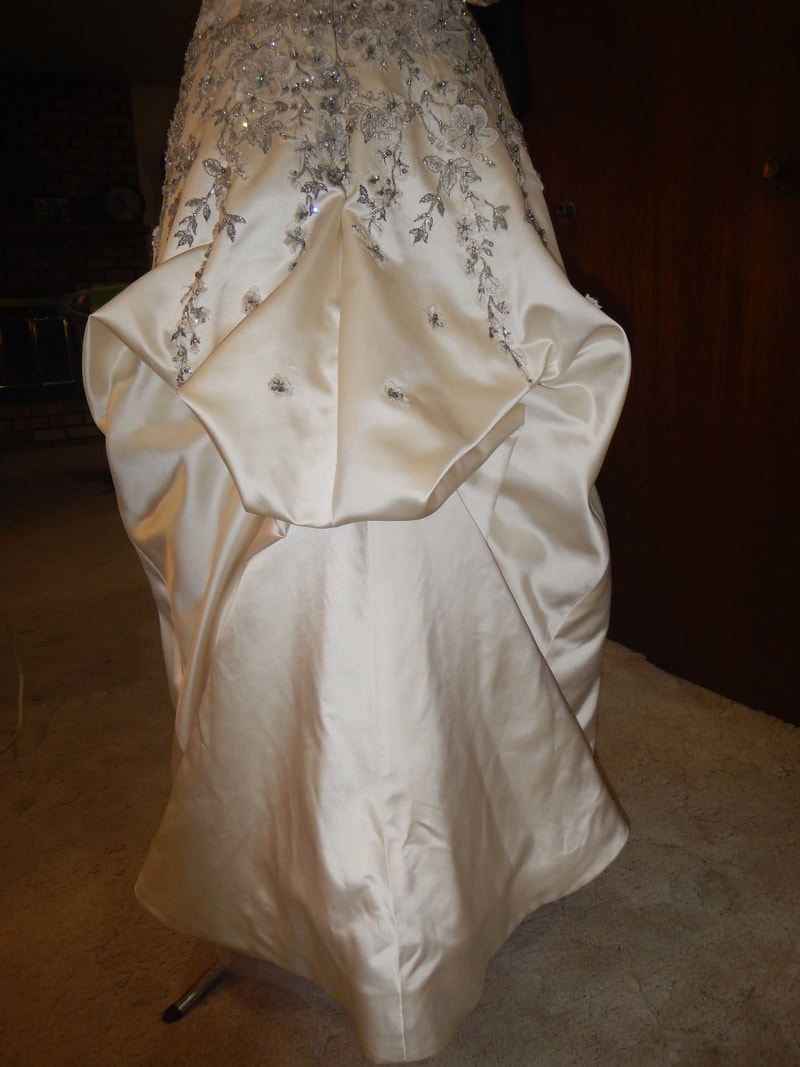
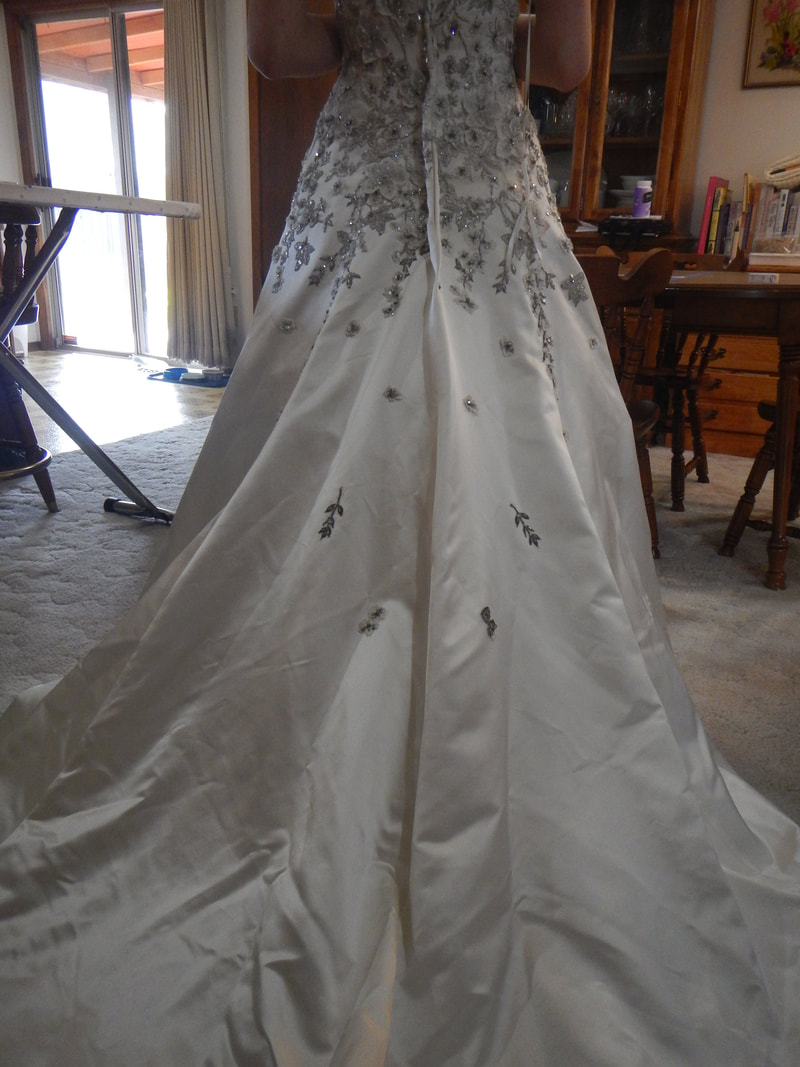
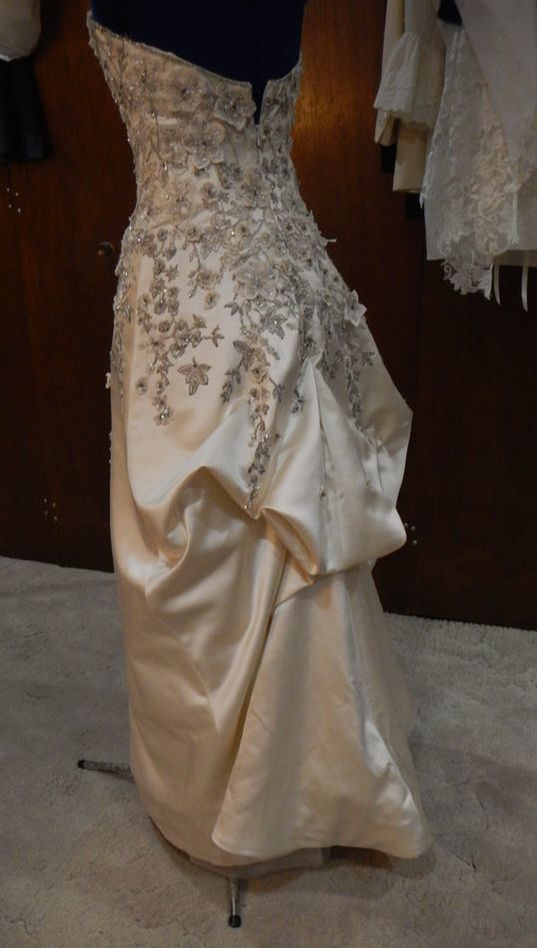
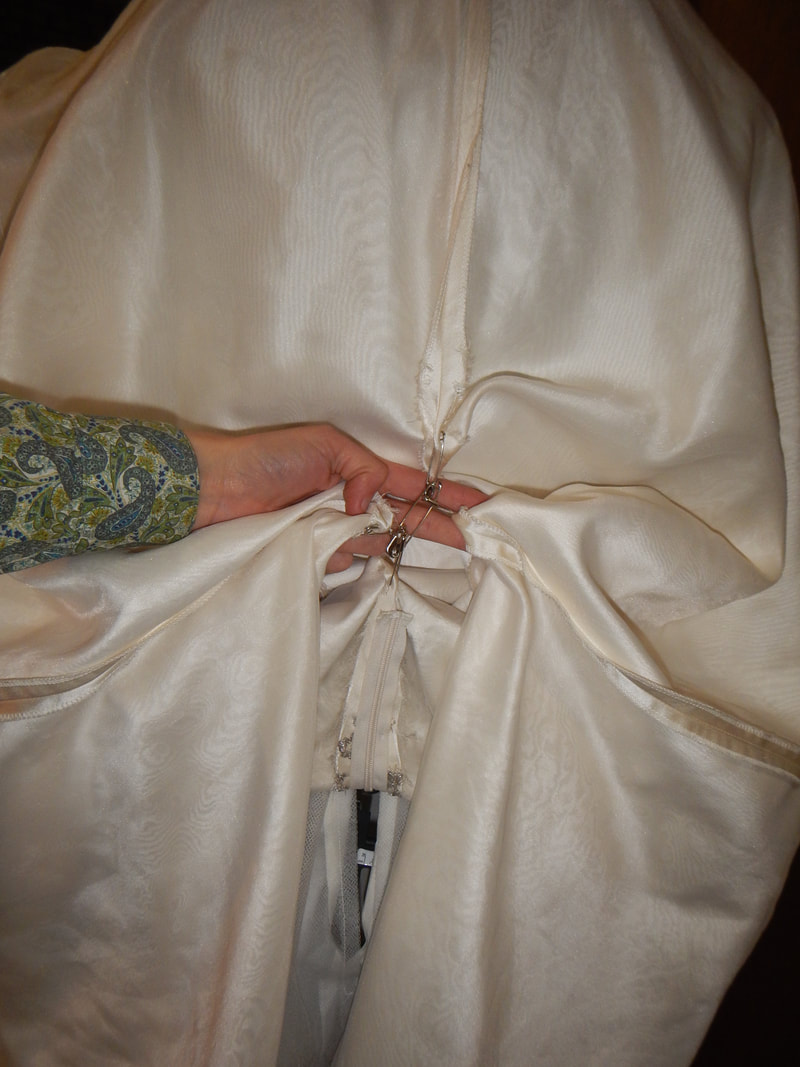
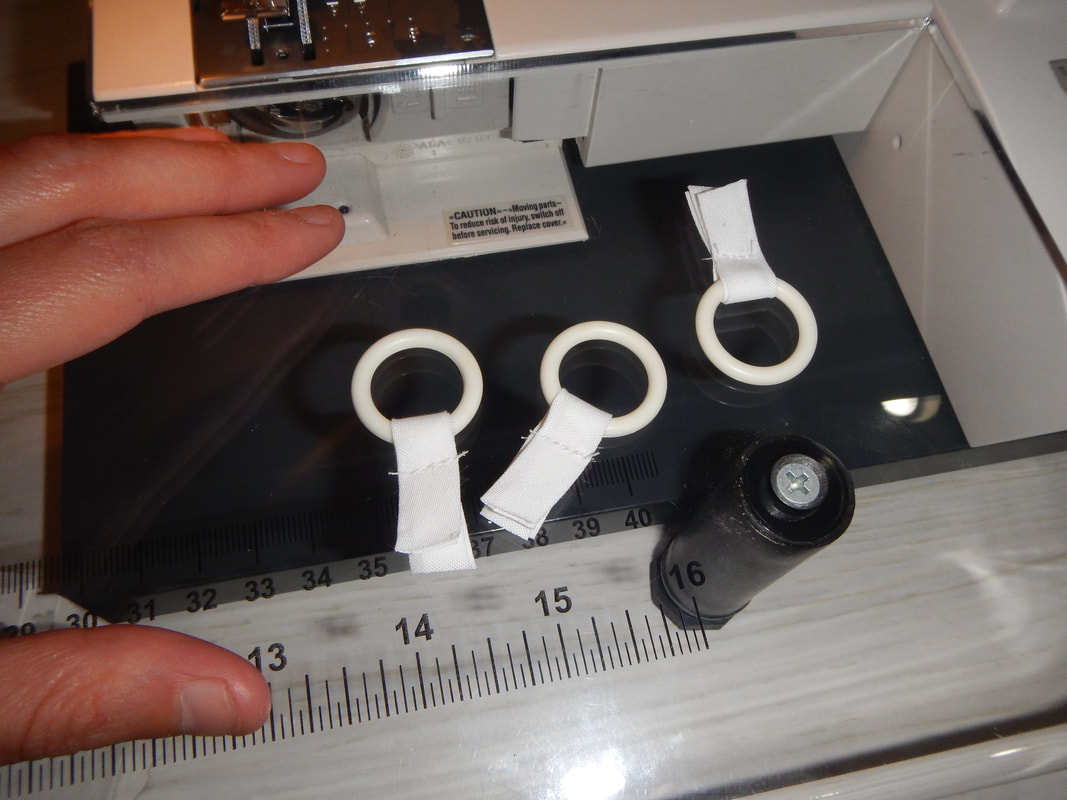
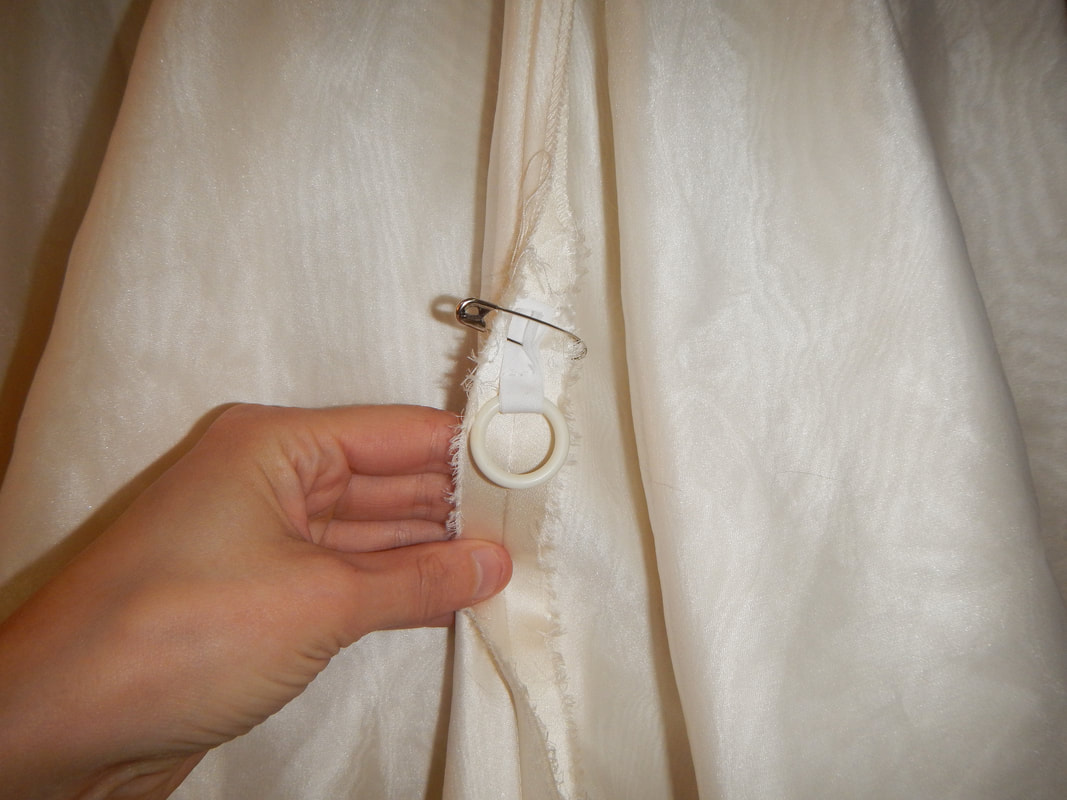
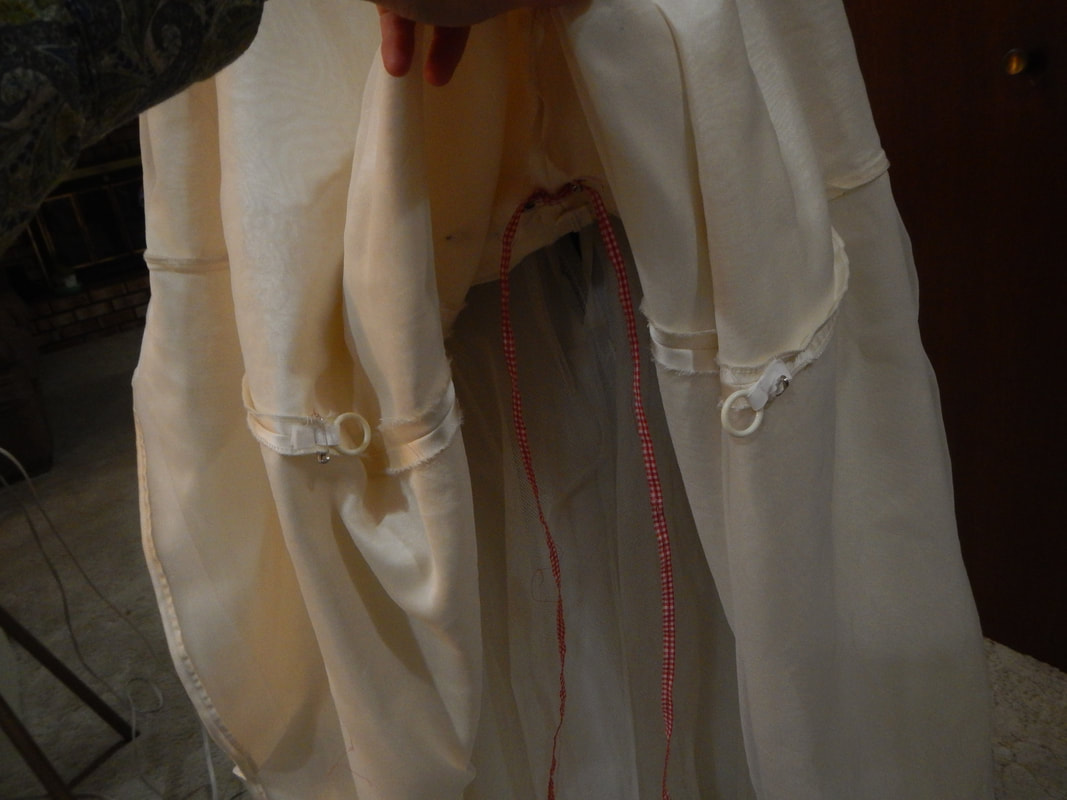

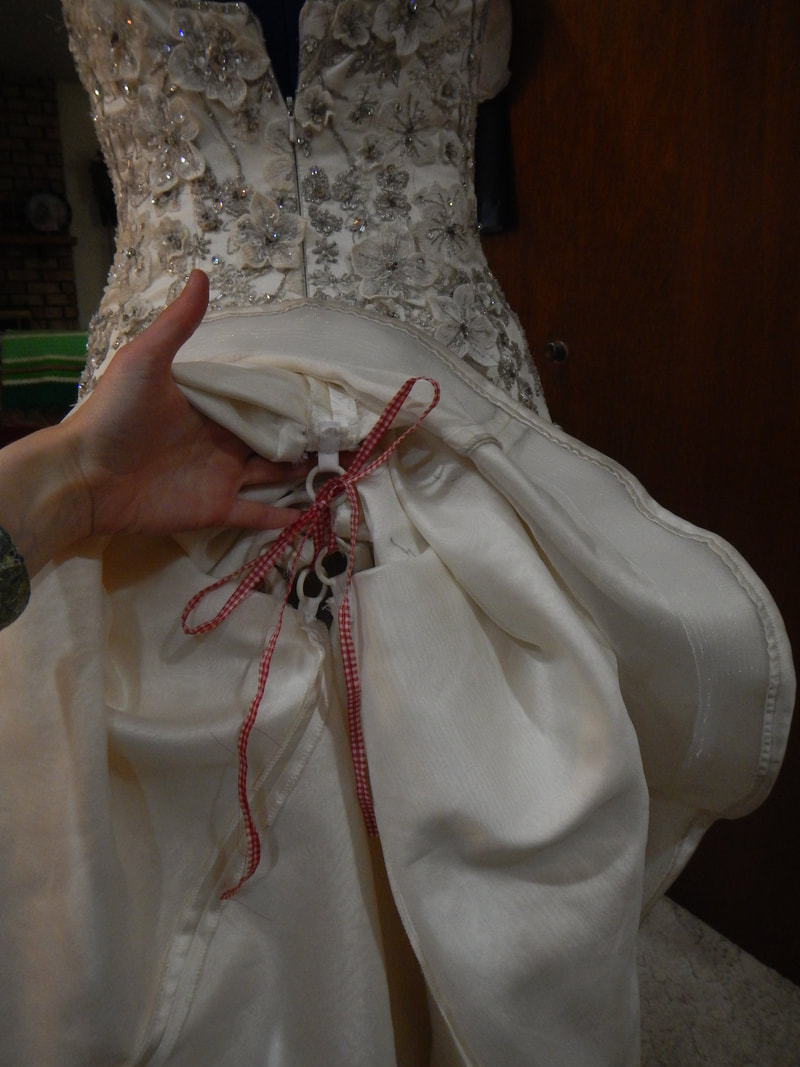
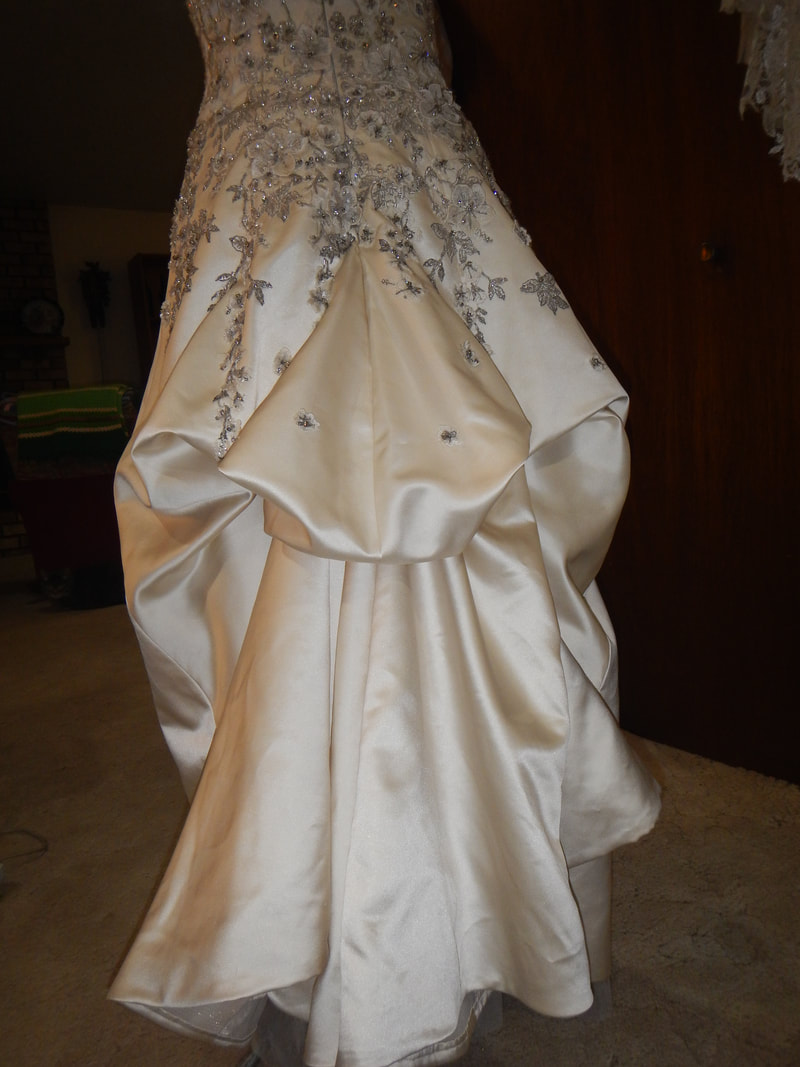
 RSS Feed
RSS Feed